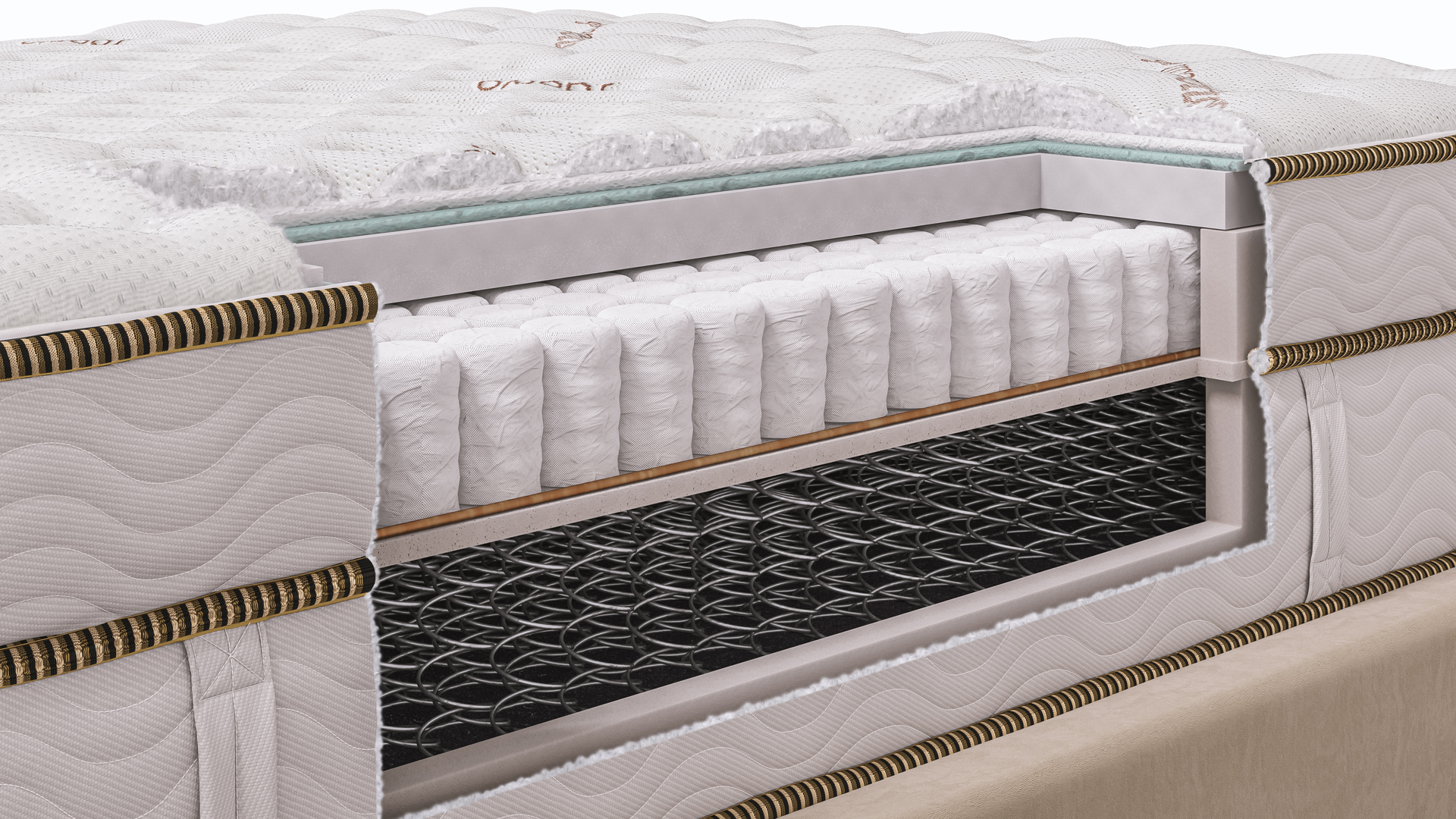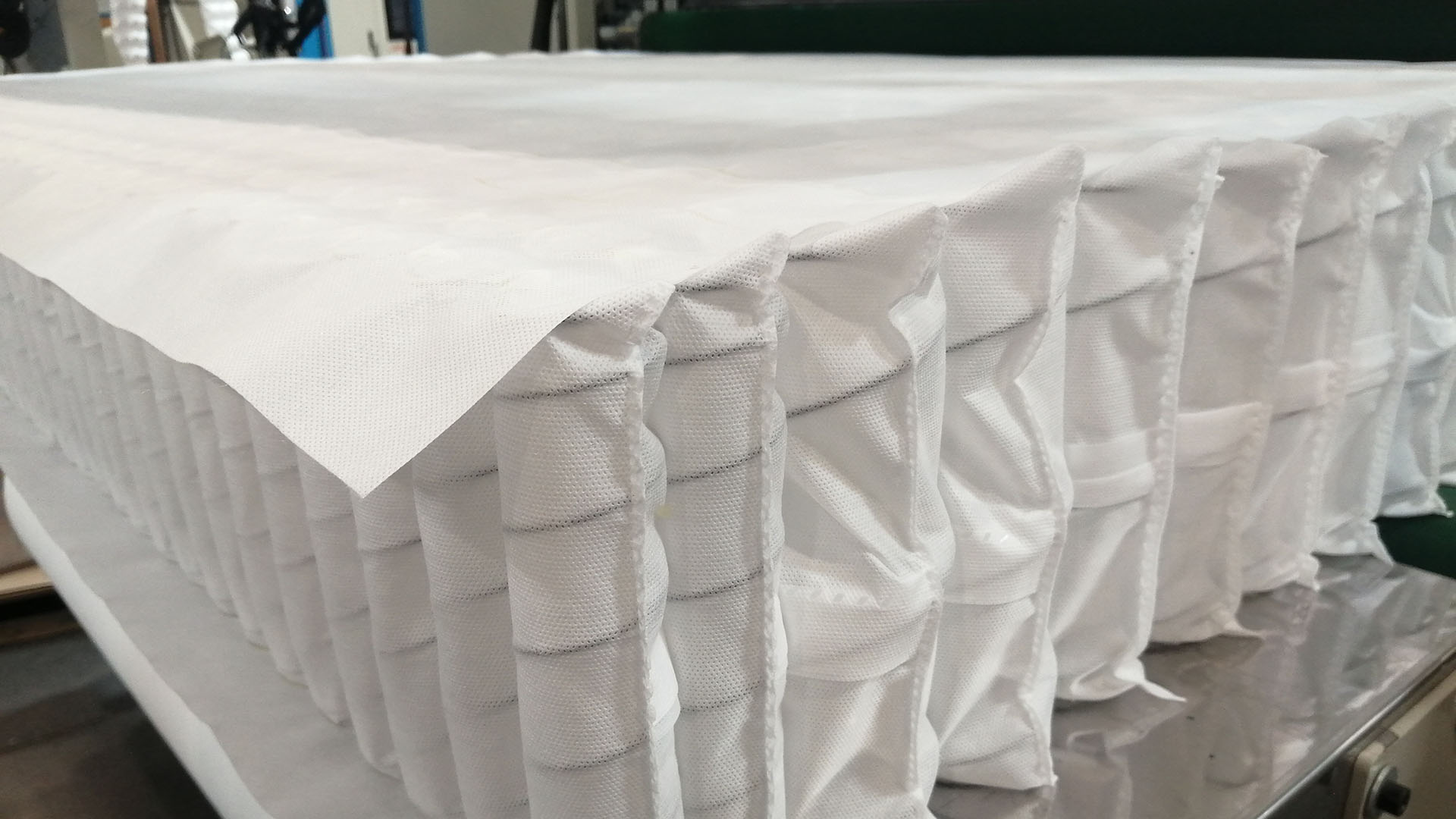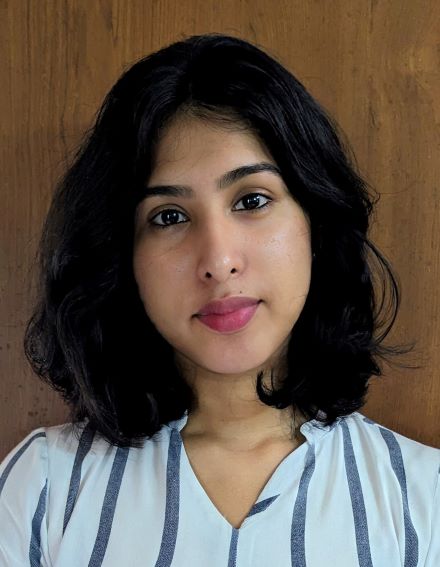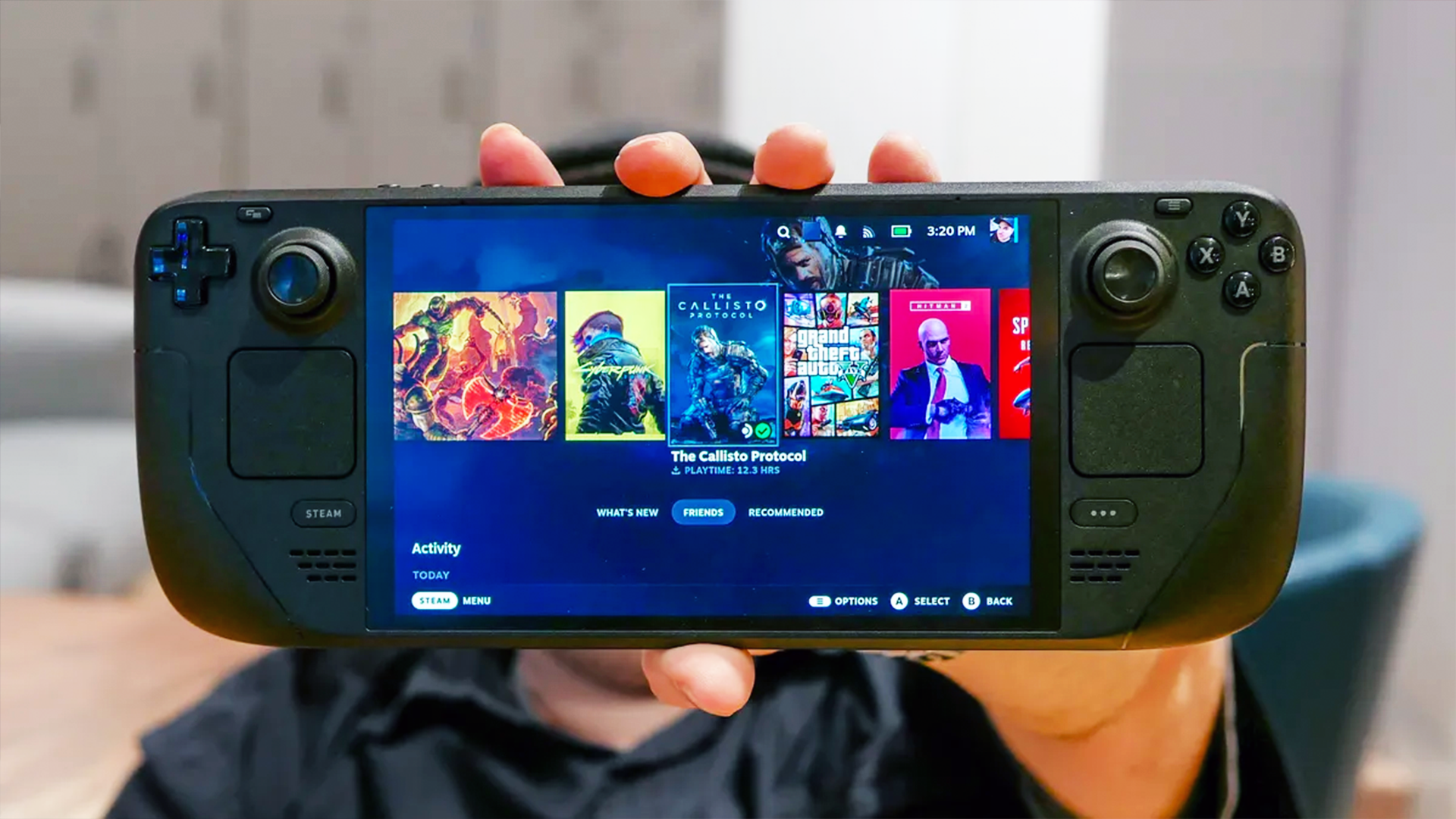What's inside a mattress and how are they made?
We explore what a mattress is made of and how it's constructed

We all know what a mattress looks like on the outside, but have you ever wondered what’s inside a mattress, and how it’s actually made? While mattresses vary in size, color and materials externally, what’s happening internally can have a huge impact on both your overall comfort levels and your sleep.
Whether it’s steel coils, latex or memory foam, knowing what’s inside a mattress and how it’s constructed can help you identify what you’re looking for in a new bed. If you are shopping for a new mattress, our guide to the best mattresses include our top-rated mattresses to suit all sleep styles and budgets.
Here, we’ll run through the main components of most modern mattresses, as well as outline a basic mattress construction. Let’s get started.
The basic construction of a modern mattress
There are many different mattress types, with hybrids, memory foam and organic among the most popular. Each type of mattress is made from a different set of materials which contribute to their specific functions and uses. The principle skeleton, however, remains the same: a support base, a comfort layer and a cover enveloping the whole bed. Let’s now take a closer look at the basic construction of a modern mattress:

Support core
The support core of a mattress forms the foundation and structure of your mattress. The support core is the base of the bed, located beneath the comfort layers. This is the primary part of the mattress responsible for stability, evenly distributing your weight and aligning your spine. The supportive core of a mattress can be provided by steel coils, dense foam, latex, air or water depending on the mattress type.
Comfort layers
As the name suggests, the comfort layers of a mattress is the element that provides the overall comfort of a mattress. The comfort layers are the top layers of a mattress and can be made from a wide variety of different materials, including memory foam, polyfoam, or natural latex fibers like latex, cotton and wool which can vary in depth, properties and benefits.
Cover
All mattresses contain a cover which encases it entirely. Mattress covers can range from soft to touch breathable fabric to specialist cooling fibers. While some mattress covers can be removed and washed, others are stitched to the comfort layer and cannot be taken off.
Get instant access to breaking news, the hottest reviews, great deals and helpful tips.
What is in a mattress?
These are the common materials found in a modern mattress:
Foam
Whether its the dense foam of a support core, a top layer of memory foam for body contouring or gel-infused foam for additional cooling, most mattresses contain foam somewhere. Memory foam in particular is known to be great for those looking for joint pain relief and perfect body alignment. New versions of foam mattresses are highly responsive with excellent bounceback and motion isolation. Their biggest disadvantage, however, is how they retain more heat compared to other materials, so if you’re a hot sleeper, it’s better to turn the other way.
Steel coils

Steel coils are the key component of innerspring mattresses and hybrid mattresses. The coil system offers solid support for the spine. They are either arranged open or individually wrapped (called pocketed coils). Coil mattresses are usually preferred by sleepers who love the bounce and need full body pressure relief.
Cotton
Used both inside and outside of a mattress, this all-natural plant fiber dates back to the fifth millennium B.C. It is known for being highly durable and for allowing air to circulate around, so you can sleep cooler.
Wool
Mattresses with wool are ideal to be used all-year round with its incredible ability to regulate temperature, while also providing padding for extra comfort. Many of the best organic mattresses use sustainably sourced, certified organic wool within their construction.
Latex

Latex forms long-lasting mattresses offering excellent pressure relief, cooling and firmness. Latex mattresses are also incredibly durable (a well-cared for latex mattress can last up to 20 years) and naturally hypoallergenic, making them an excellent choice for those with allergies.
Polyester
Polyester is a cost-effective and durable material, which is why you'll find it within the upholstery of many of the best cheap mattresses. Polyester is a synthetic resin used in a range of fabric blends along with cotton and spandex. Polyester is often synonymous with 'budget', but it's breathable, recyclable and hypoallergenic.
Fire retardants
All mattresses are required to have a flame retardant layer to meet safety standards, which act as a barrier against open fire exposure for a period of time. Fire retardants in mattresses vary like latex, wool, graphite, silica or rayon but fiberglass is a common fire retardant in some cheaper mattresses. Here’s our guide on how to check if your mattress contains fiberglass.
How mattresses are made: Traditional vs bed in a box

Flat mattresses hauled in through your front door ready to be slept on are the traditional varieties, while those that arrive rolled up in a box are, as their name suggests, mattresses in a box. The latter option is a relatively new method of mattress construction and involves a mattress being compressed with specialist technology. The best mattresses in a box tend to be more affordable than traditional mattresses, but ultimately depends on the mattress materials used and quality of the build.
In contrast, traditional, flat mattresses are made by sewing, quilting, assembling the core, and then finishing the exterior. Sometimes this method is done by machine, while some premium mattresses, such as the Saatva Classic, are handcrafted. If you're unsure which mattress type to opt for, take a look at our tradition vs mattress in a box comparison piece.

Becky is a Sleep Staff Writer at Tom’s Guide covering all things sleep-related including product reviews, research studies, news and explainers. She works on specialist bedding content and is responsible for buyer’s guides like the best pillows for all sleepers and best mattress protectors focusing on popular brands such as Tempur-Pedic, Avocado, Coop Home Goods and more. Becky is a PPA accredited journalist who is keen to explore the intricacies of sleep, its effects on skincare, mental wellbeing and work performance. While not thinking of sleep, she can be seen reading in cosy bookshops or learning about global food culture.
